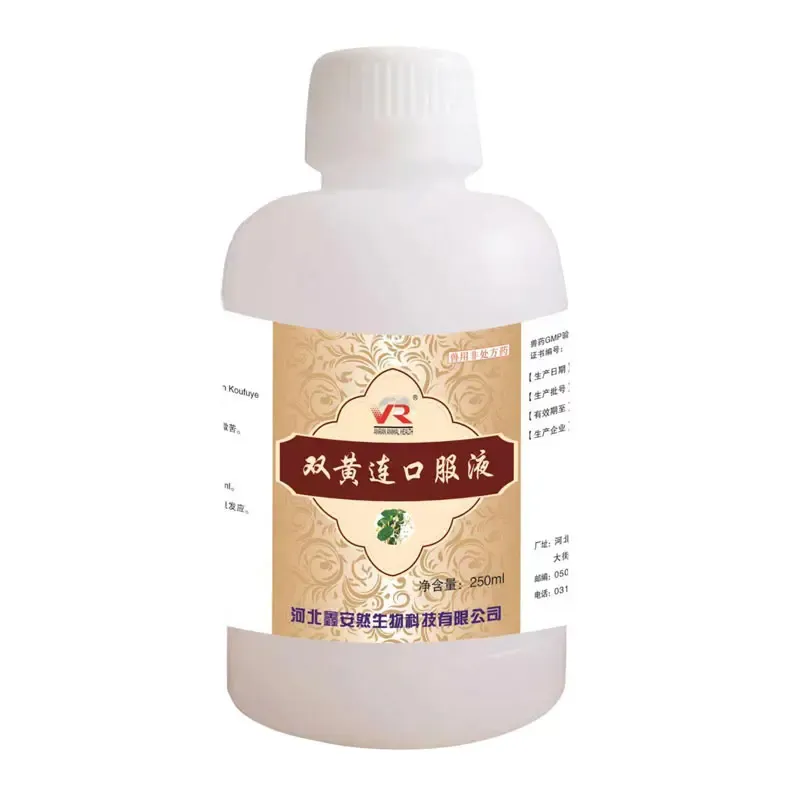- Afrikaans
- Albanian
- Amharic
- Arabic
- Armenian
- Azerbaijani
- Basque
- Belarusian
- Bengali
- Bosnian
- Bulgarian
- Catalan
- Cebuano
- Corsican
- Croatian
- Czech
- Danish
- Dutch
- English
- Esperanto
- Estonian
- Finnish
- French
- Frisian
- Galician
- Georgian
- German
- Greek
- Gujarati
- Haitian Creole
- hausa
- hawaiian
- Hebrew
- Hindi
- Miao
- Hungarian
- Icelandic
- igbo
- Indonesian
- irish
- Italian
- Japanese
- Javanese
- Kannada
- kazakh
- Khmer
- Rwandese
- Korean
- Kurdish
- Kyrgyz
- Lao
- Latin
- Latvian
- Lithuanian
- Luxembourgish
- Macedonian
- Malgashi
- Malay
- Malayalam
- Maltese
- Maori
- Marathi
- Mongolian
- Myanmar
- Nepali
- Norwegian
- Norwegian
- Occitan
- Pashto
- Persian
- Polish
- Portuguese
- Punjabi
- Romanian
- Russian
- Samoan
- Scottish Gaelic
- Serbian
- Sesotho
- Shona
- Sindhi
- Sinhala
- Slovak
- Slovenian
- Somali
- Spanish
- Sundanese
- Swahili
- Swedish
- Tagalog
- Tajik
- Tamil
- Tatar
- Telugu
- Thai
- Turkish
- Turkmen
- Ukrainian
- Urdu
- Uighur
- Uzbek
- Vietnamese
- Welsh
- Bantu
- Yiddish
- Yoruba
- Zulu
Novemba . 13, 2024 00:48 Back to list
oxytetracycline injection for cats
Oxytetracycline Injection for Cats An Overview
Introduction
Oxytetracycline is a broad-spectrum antibiotic belonging to the tetracycline class, renowned for its efficacy in treating a variety of bacterial infections in both humans and animals. In veterinary medicine, it is particularly beneficial for treating certain infections in cats. This article delves into the use of oxytetracycline injection for cats, highlighting its mechanism, applications, dosage, potential side effects, and important considerations for pet owners.
Mechanism of Action
Oxytetracycline works by inhibiting protein synthesis in bacteria, effectively stopping bacterial growth. It achieves this by binding to the bacterial ribosome, which is essential for protein production. This makes it an effective choice against a wide range of gram-positive and gram-negative bacteria, including some Rickettsiae, Chlamydiae, and Mycoplasmas. Unlike some antibiotics that kill bacteria outright, oxytetracycline is bacteriostatic, meaning it prevents the bacteria from multiplying, giving the immune system a chance to eliminate the infection.
Indications for Use in Cats
Veterinarians may recommend oxytetracycline injections for cats in cases where bacterial infections are suspected or confirmed. Common conditions treated with oxytetracycline include
1. Respiratory Infections Cats, particularly those with upper respiratory infections, may benefit from oxytetracycline if the infection is bacterial in nature. 2. Skin Infections Conditions like abscesses or infected wounds that arise from bites or fight injuries can be treated effectively. 3. Eye Infections Oxytetracycline can be beneficial in treating conjunctivitis or other bacterial infections of the eye. 4. Systemic Infections In more severe cases, such as those involving the bloodstream or internal organs, oxytetracycline may be used as part of a broader treatment plan.
Dosage and Administration
The dosage of oxytetracycline for cats varies based on the specific condition being treated, the cat's weight, and overall health status. Generally, the typical dosage for injections can range from 5 to 10 mg per kg of body weight, administered every 12 to 24 hours, depending on the severity of the illness. It is crucial for pet owners to follow their veterinarian's instructions precisely, ensuring the treatment course is completed to effectively eradicate the bacterial infection.
oxytetracycline injection for cats

Oxytetracycline is typically administered via intramuscular injection. While some forms of oxytetracycline are available as oral formulations, injections may be preferred in cases of severe illness or when oral administration is not feasible due to the cat's condition.
Potential Side Effects
While oxytetracycline is generally well-tolerated, it can lead to side effects in some cats. Common side effects include
- Gastrointestinal Upset This can manifest as vomiting or diarrhea. Owners should monitor their cats closely and consult a veterinarian if significant discomfort occurs. - Photosensitivity In some cases, prolonged exposure to sunlight while on oxytetracycline can lead to skin reactions. - Discoloration of Teeth Tetracycline antibiotics can cause permanent discoloration of developing teeth in younger animals; therefore, it is typically avoided in kittens and pregnant/nursing cats. - Allergic Reactions Though rare, some cats may experience an allergic reaction to the medication, potentially leading to hives, swelling, or difficulty breathing. Immediate veterinary attention is essential in such situations.
Important Considerations
Before starting any treatment with oxytetracycline, it’s important for cat owners to disclose their cat’s complete medical history to the veterinarian, including any known allergies or existing health issues. Additionally, ongoing assessment during the course of treatment will ensure that the cat responds well to the medication and that side effects are managed promptly.
Oxytetracycline should not be used in combination with certain medications that may interact adversely, such as anticoagulants or other antibiotics without veterinary guidance.
Conclusion
Oxytetracycline injection can be a valuable tool in managing bacterial infections in cats when administered under veterinary supervision. Understanding its uses, proper dosage, potential side effects, and the importance of adherence to the treatment regimen can help cat owners safeguard their pets’ health. Whenever in doubt, consulting a veterinarian is always the best course of action when it comes to the health and well-being of beloved feline companions.
-
Guide to Oxytetracycline Injection
NewsMar.27,2025
-
Guide to Colistin Sulphate
NewsMar.27,2025
-
Gentamicin Sulfate: Uses, Price, And Key Information
NewsMar.27,2025
-
Enrofloxacin Injection: Uses, Price, And Supplier Information
NewsMar.27,2025
-
Dexamethasone Sodium Phosphate Injection: Uses, Price, And Key Information
NewsMar.27,2025
-
Albendazole Tablet: Uses, Dosage, Cost, And Key Information
NewsMar.27,2025













